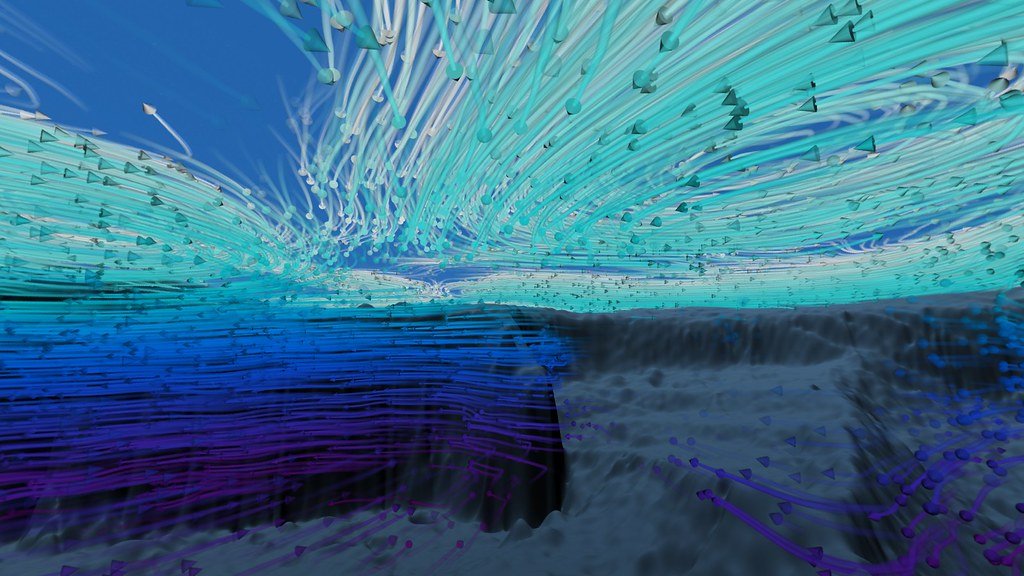Imagine walking along the ocean’s edge, the salty spray on your skin, the sand shifting beneath your feet — but what if you learned that the ground you stand on once stretched hundreds of miles farther out, and that our ancient ancestors may have thrived where today only fish and whales roam? It’s a mind-bending idea, both mysterious and deeply human. The story of the continental shelf isn’t just about lost land; it’s about the lost chapters of our own human story, submerged beneath shimmering waves, waiting to be rediscovered. The Continental Shelf Theory invites us to rethink everything we know about where people came from, where they lived, and the secrets the ocean still keeps hidden.
What Is the Continental Shelf?

The continental shelf is a broad, shallow extension of land that borders most continents, gently sloping under the sea before dropping off into the deep ocean. Imagine it as a submerged terrace stretching out from the coastline, sometimes for hundreds of kilometers. Although invisible to us today, the shelf holds a secret: during times of lower sea level, these now-drowned plains were dry land. These areas weren’t just lonely deserts, either — they were vibrant environments teeming with life. The shelf’s gentle slopes made it perfect for rivers, forests, grasslands, and human settlement. It’s like a vast, sunken front yard to the continents, full of stories yet untold.
The Power of Changing Sea Levels
Sea levels have never been constant. Over the millennia, they’ve risen and fallen by more than a hundred meters, mainly due to the advance and retreat of massive ice sheets during ice ages. When glaciers grew, they sucked up so much water that continental shelves became dry land, connecting islands and even continents. At the peak of the last Ice Age about 20,000 years ago, sea levels were dramatically lower — imagine the English Channel as a grassy plain instead of a watery divide. With each thaw, the ocean crept back, reclaiming territories where humans and animals once roamed. The very places we swim today may have hosted campfires, mammoth hunts, and the first steps of migration.
Prehistoric Land Bridges and Lost Worlds
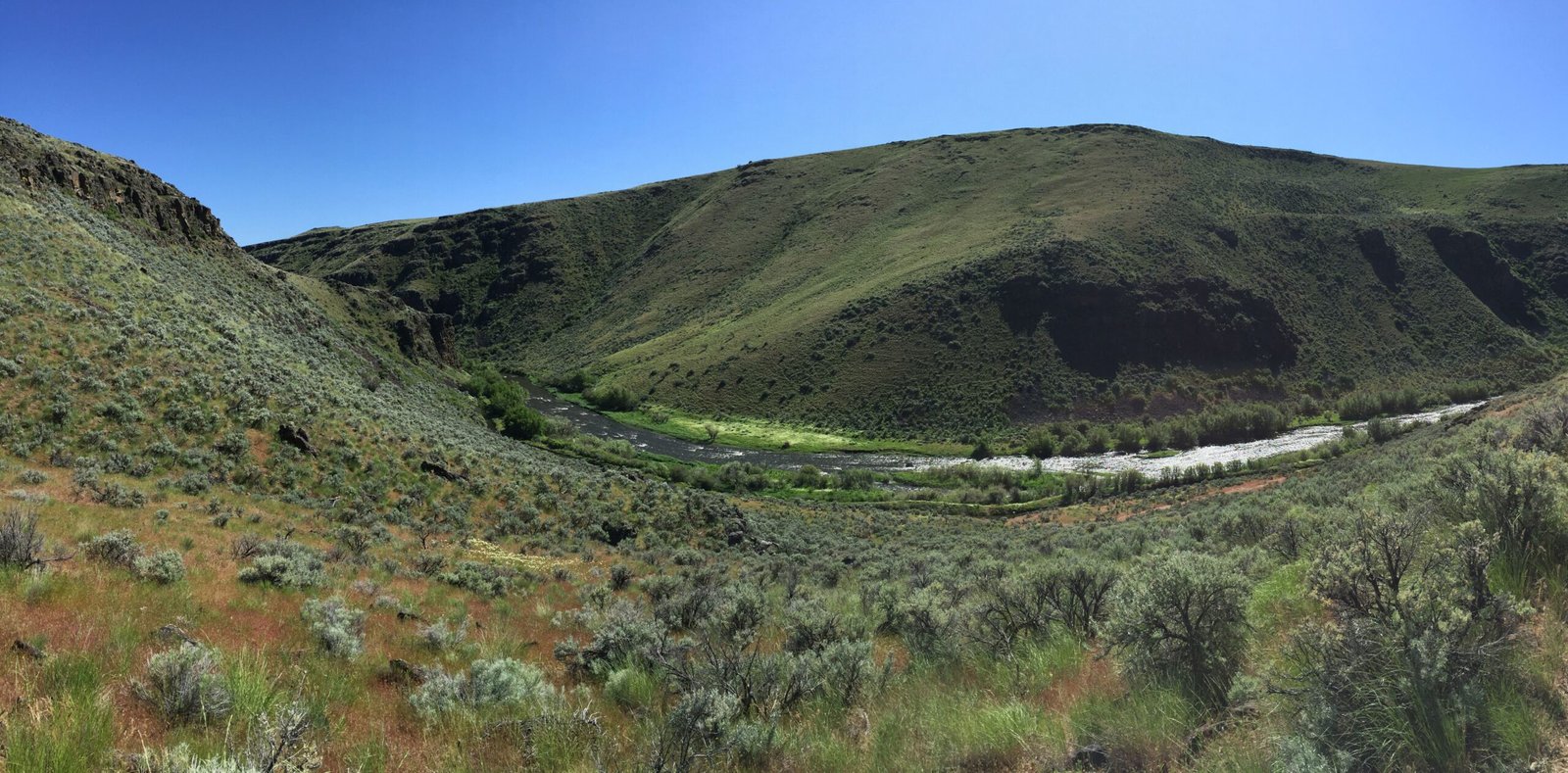
One of the most fascinating results of lower sea levels is the creation of land bridges. These were crucial highways for early humans and animals alike. The Bering Land Bridge, for instance, connected Asia and North America, opening the door for migration into the Americas. Similarly, the Sunda Shelf linked Southeast Asia with Indonesia and Australia, allowing people and animals to spread far and wide. These now-sunken corridors weren’t barren wastelands; they were lush, resource-rich landscapes. Imagine families trekking across what is now the Bering Sea, unaware they were walking paths destined to disappear beneath the waves. These lost worlds were central to the survival and dispersal of our species.
Evidence of Ancient Life Beneath the Waves
Scientists have discovered tantalizing clues pointing to ancient human activity beneath modern seas. Archaeologists have pulled up stone tools, animal bones, and even remnants of ancient campfires from submerged sites. For example, off the coast of Britain, researchers found ancient footprints preserved in the mudflats of Doggerland — a vanished landscape now buried under the North Sea. In Australia, divers have uncovered stone tools and artifacts on the now-drowned continental shelf, dating back thousands of years. These discoveries are like messages in a bottle from a lost world, offering glimpses into how prehistoric people adapted to a changing planet.
Doggerland: Europe’s Lost Country
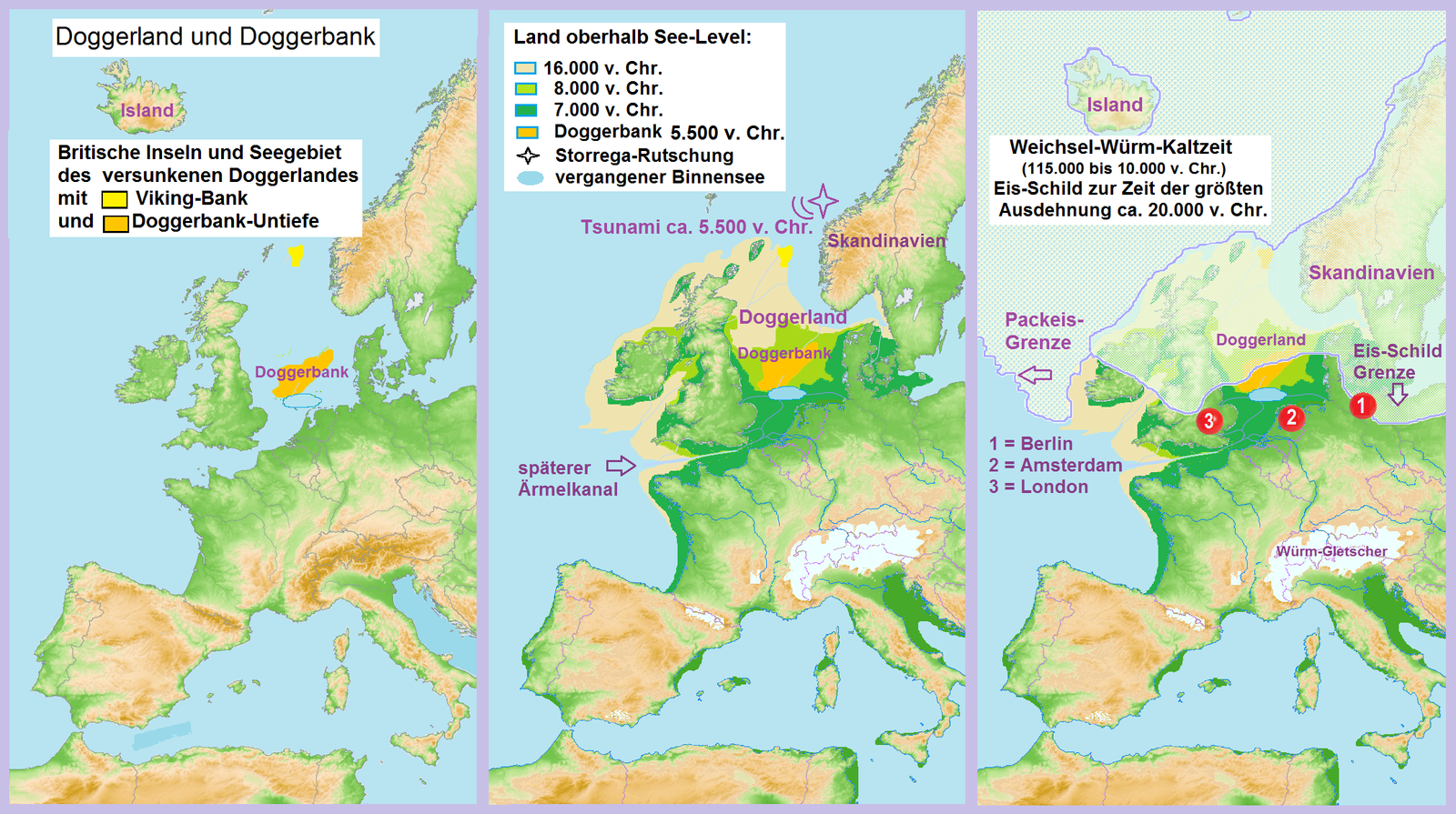
Doggerland is perhaps the most famous example of a sunken landscape. This vast plain once connected Britain to mainland Europe, stretching from the English coast all the way to Denmark. Rich in rivers and lakes, Doggerland was a paradise for humans and animals alike. Its people hunted reindeer, fished in streams, and gathered plants on rolling meadows. As the Ice Age ended and the seas rose, Doggerland gradually drowned, leaving behind only legends and scattered artifacts. Today, fishermen occasionally dredge up mammoth bones or ancient tools, reminders that this lost country was once bustling with life.
Ancient Coastal Settlements and Human Ingenuity
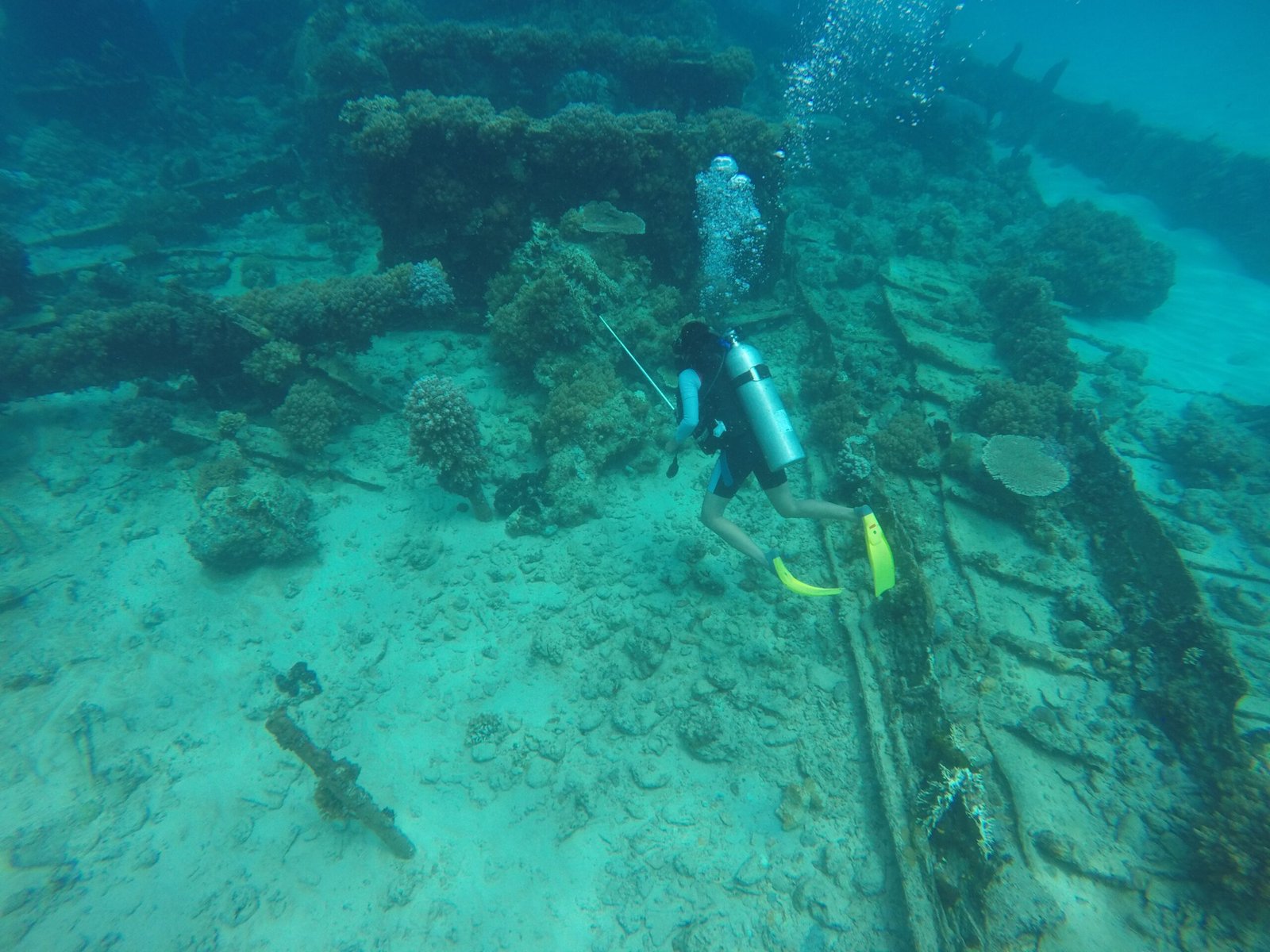
Early humans were drawn to coastlines for good reason — they offered bountiful resources and easy travel. Fish, shellfish, and seabirds provided steady food, while the flat, fertile land made for easy living. Archaeologists believe that some of the earliest human settlements might now lie underwater, hidden on the continental shelf. In places like the Mediterranean, the Black Sea, and the Red Sea, researchers have found evidence of ancient harbors, buildings, and even roads beneath the waves. These discoveries show how adaptable and resourceful our ancestors were, always seeking new opportunities on the shifting edges of land and sea.
The Submerged Forests of the Past
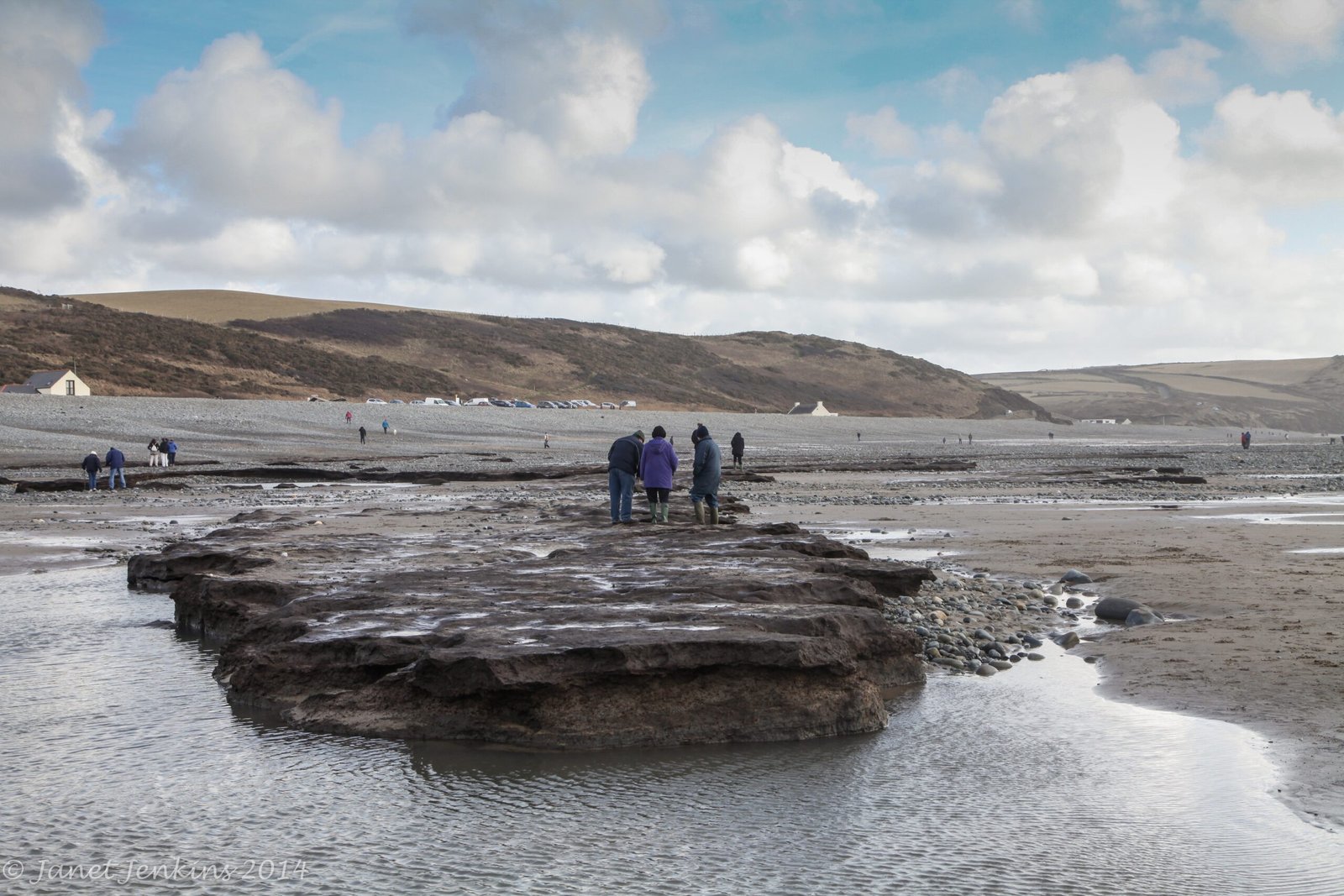
It’s hard to imagine, but beneath some coastal waters, ancient forests still stand. Off the coast of Alabama, for example, scuba divers have found the remains of a prehistoric cypress forest, preserved for over 60,000 years. Similar “drowned forests” exist around the world, their trunks and roots protected by mud and silt. These ghostly woodlands are living evidence that once, the ocean was much farther away. They also tell us about the climate and environment our ancestors experienced. Walking through these submerged forests would have felt just like wandering any other woodland — except today, only fish and crabs make their homes there.
How the Continental Shelf Shaped Human Migration
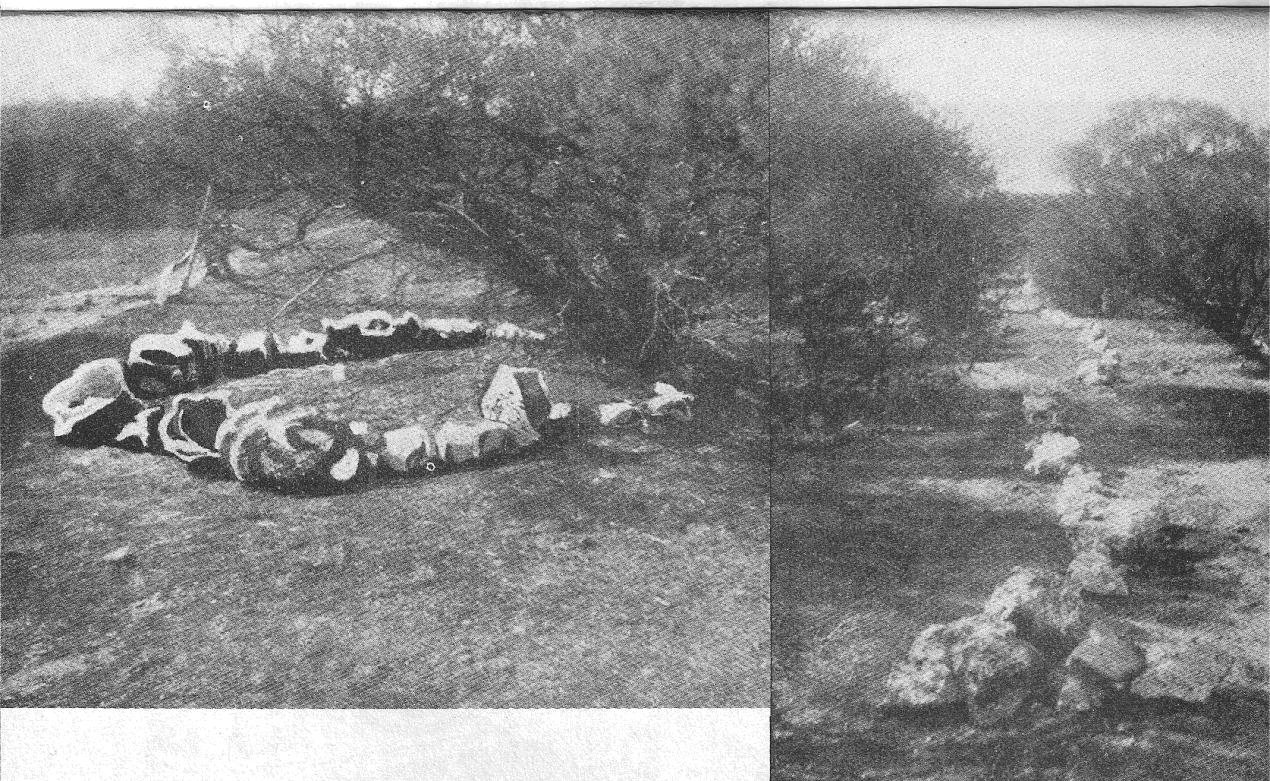
The shifting boundaries of land and sea were both a challenge and an opportunity for early humans. When the shelves were dry, they offered vast new territories to explore and settle. People could walk from continent to continent, following herds or chasing adventure. But as the ice melted and seas rose, entire communities had to adapt or move. Some cultures became expert seafarers, building boats to follow the retreating coastlines. Others retreated inland, leaving behind tools and memories now buried beneath the waves. The continental shelf acted as a stage for some of humanity’s greatest journeys and boldest experiments.
Climate Change and the Great Floods

As the planet warmed and glaciers melted, sea levels rose at a breathtaking pace. Some scientists estimate that at certain points, the ocean advanced by as much as 15 meters (about 50 feet) in just a few centuries. For the people living on the shelf, this wasn’t a slow, gentle process — it was dramatic and sometimes terrifying. Imagine waking up to find your village underwater, or watching your favorite hunting ground vanish beneath the surf. Many ancient flood myths — from Noah’s Ark to Atlantis — may have roots in these real, world-changing events. The memory of the sea’s advance lingers in our oldest stories.
Marine Archaeology: Unlocking Submerged Secrets
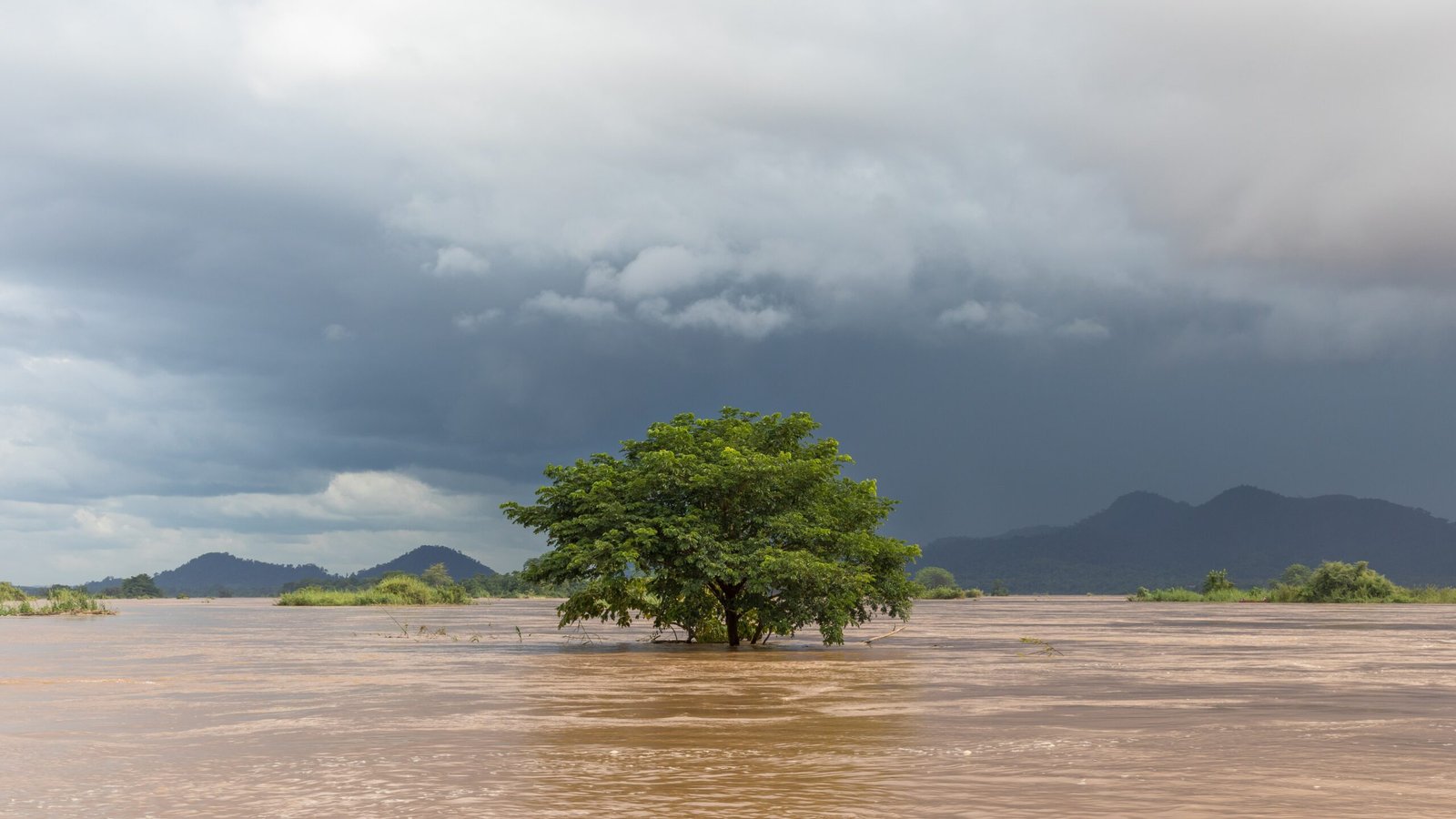
Exploring the continental shelf isn’t easy, but new technology is opening up exciting possibilities. Marine archaeologists use sonar, underwater drones, and advanced diving gear to search for traces of ancient life. They scan the seafloor for lost villages, sunken ships, and even footprints left in the mud. In recent years, they’ve uncovered entire landscapes — rivers, hills, and lakes — preserved beneath the sea. Each new find brings us closer to understanding how our ancestors lived, loved, and adapted to a world in constant flux. Marine archaeology is like detective work on the ocean floor, piecing together humanity’s submerged past.
Genetic Clues from Coastal Communities
Modern science offers another window into the lives of shelf-dwelling humans: our own DNA. By studying the genetics of coastal and island populations, researchers can trace ancient migrations and family connections. They’ve found that many people living near today’s shorelines carry genetic markers linking them to distant lands — a legacy of prehistoric journeys across once-dry shelves. For example, the genes of Indigenous Australians show links to Southeast Asia, hinting at migrations across the now-drowned Sunda Shelf. Our bodies carry silent stories of these migrations, etched into our very cells.
Why the Shelf Was a Prehistoric Hotspot
Why did so many people choose to live on the continental shelf? The answer is simple: it was a land of plenty. Rivers brought fresh water, animals grazed on rich grasses, and seafood was abundant. The shelf’s gentle terrain made travel easy, and its location offered a front-row seat to both land and sea resources. For early humans, this was prime real estate — the perfect place to settle down, raise families, and build communities. It’s no wonder that so much of our history now lies hidden beneath the waves, waiting to be found.
The Impact of Rising Seas on Human Culture
As the ocean rose, it reshaped not just the land but also the cultures of those who lived there. Some groups became master fishermen and sailors, learning to thrive on the new coastlines. Others developed myths, rituals, and legends about the disappearing land and the power of the sea. In some regions, rising waters forced people to move inland, blending cultures and sparking new innovations. The loss of shelf land was both a tragedy and a catalyst for change, driving humanity to adapt, invent, and dream of what lay beyond the next horizon.
The Search for Submerged Civilizations
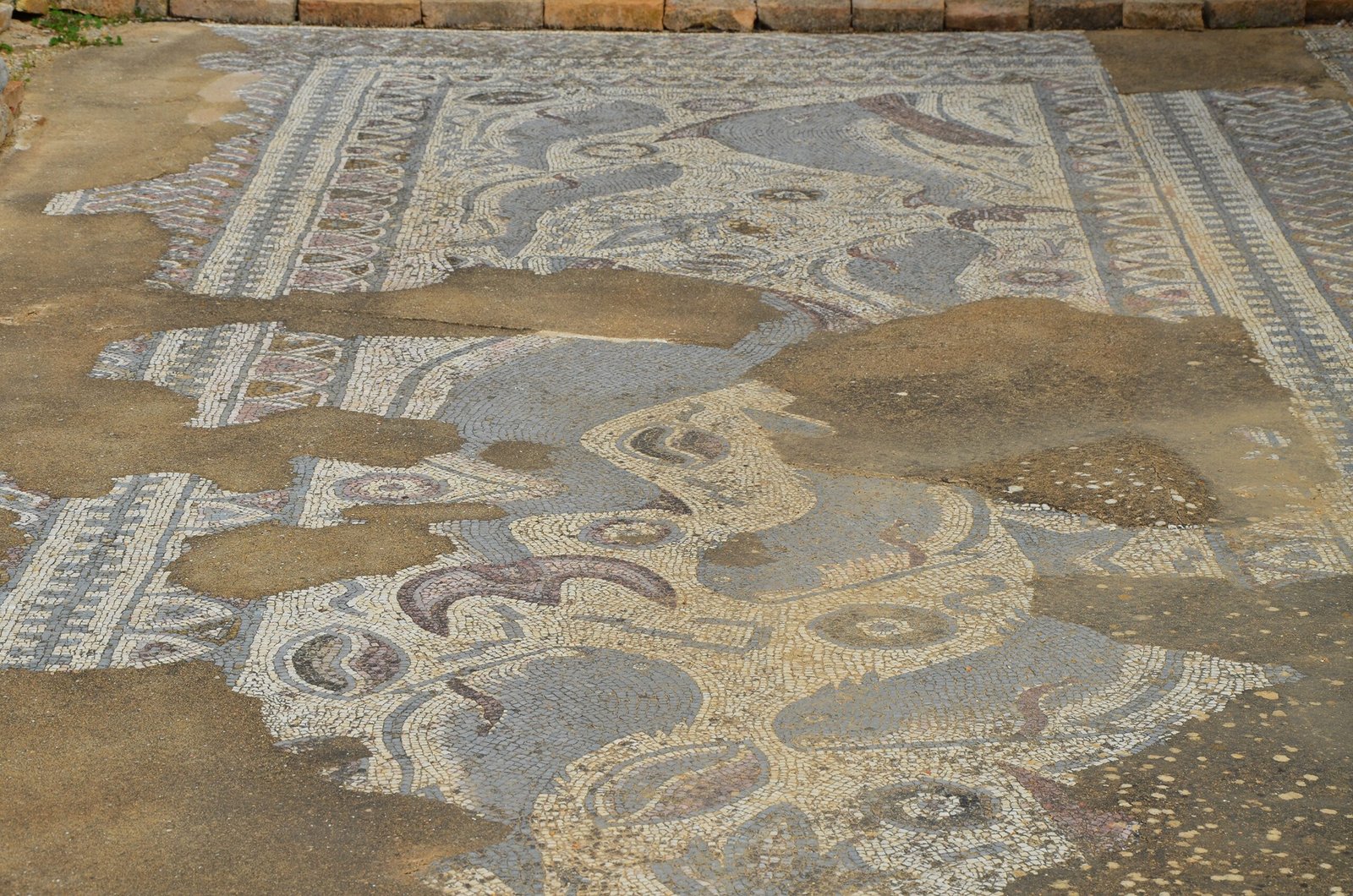
The idea that advanced prehistoric civilizations may lie beneath the sea is both thrilling and controversial. While most evidence points to small, scattered communities rather than lost cities, the hunt continues. Some researchers speculate that ancient monuments, temples, or even entire towns could be buried under silt and sand, waiting for discovery. In places like the Gulf of Khambhat in India and the Yonaguni Monument in Japan, mysterious underwater structures fuel debates and inspire imagination. Whether these are natural formations or the work of human hands, they remind us that history is always more complicated — and surprising — than we expect.
Modern Challenges: Preserving Underwater Heritage
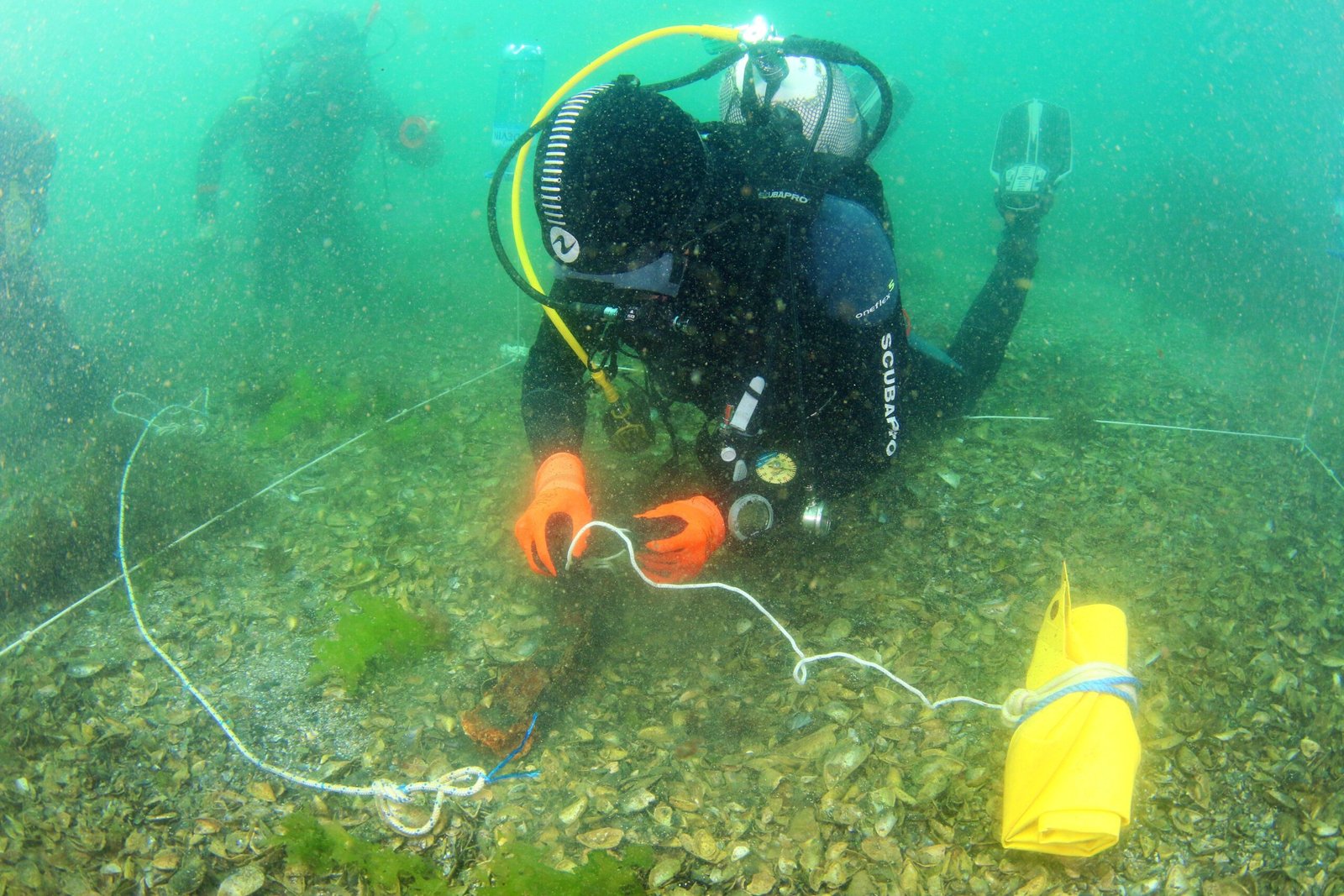
With so much of our past hidden beneath the sea, protecting underwater heritage has become a race against time. Climate change, pollution, and treasure hunting all threaten fragile archaeological sites. Researchers and governments are working together to map, document, and conserve these submerged treasures before they’re damaged or lost forever. It’s a daunting task — the ocean is vast, and the clues are often scattered and hard to reach. But every artifact recovered, every site mapped, is a victory for our shared human story. The continental shelf reminds us that preserving history isn’t just about the land; it’s about the sea, too.
How the Shelf Continues to Shape Our World
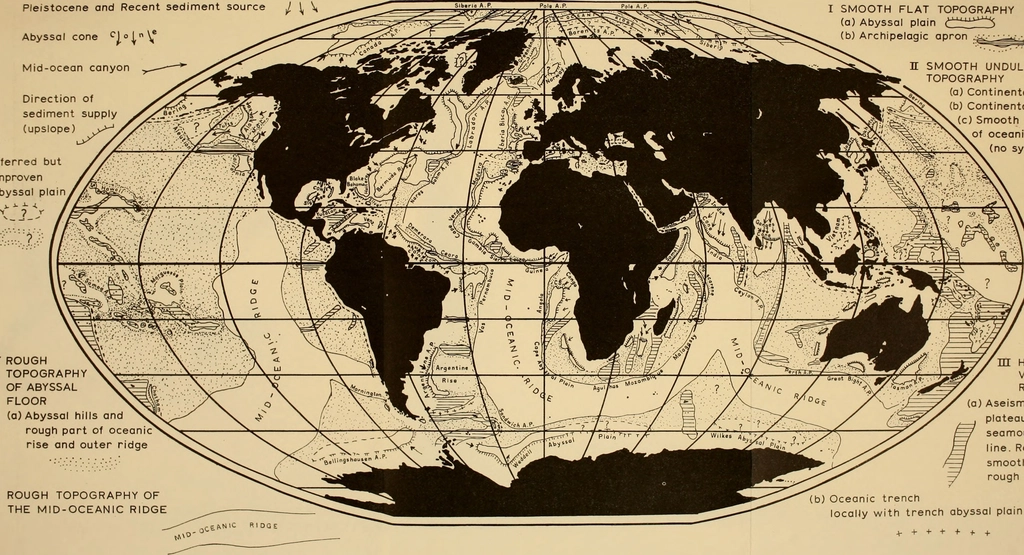
The continental shelf isn’t just a relic of the past — it still plays a vital role in our lives today. From rich fisheries to oil and gas reserves, the shelf supports millions of people around the world. Coastal cities depend on its resources and protection, while scientists study its ecosystems to better understand climate change. The shelf is also a living laboratory for exploring how humans respond to rising seas, both now and in the future. By learning from the past, we can better prepare for the challenges ahead and ensure a sustainable relationship with our ever-changing coasts.
The Ocean’s Whisper: A Call to Curiosity
The story of the continental shelf is a reminder that beneath the blue expanse of the ocean, untold chapters of human history sleep in silence. Every wave that laps the shore is a whisper from the past, hinting at lost villages, forgotten journeys, and the enduring spirit of exploration. Our curiosity, our drive to know and remember, is what connects us to those ancient people who once called the shelf home. Will we listen to the ocean’s secrets and seek out the stories it hides? The adventure is only just beginning.

